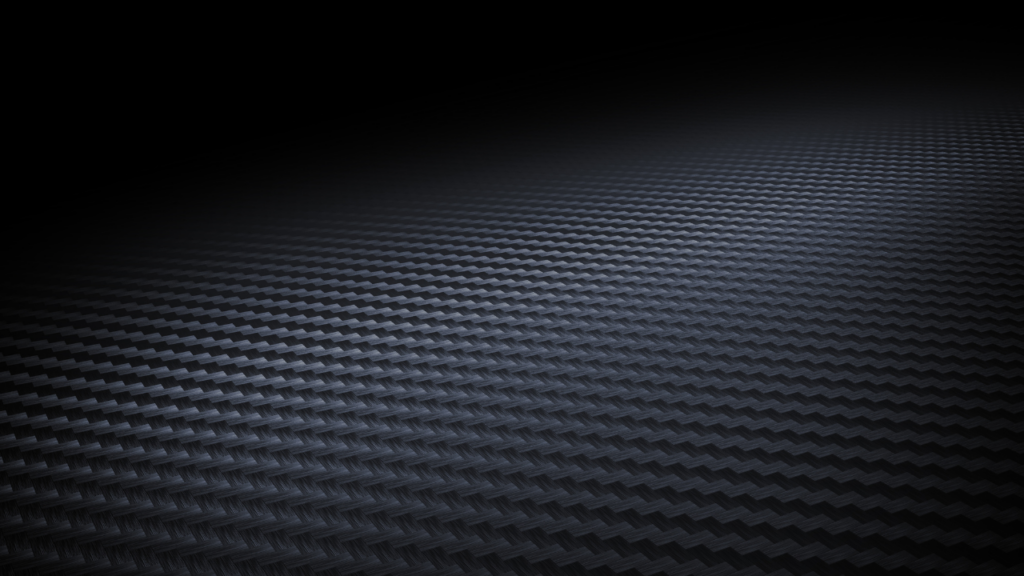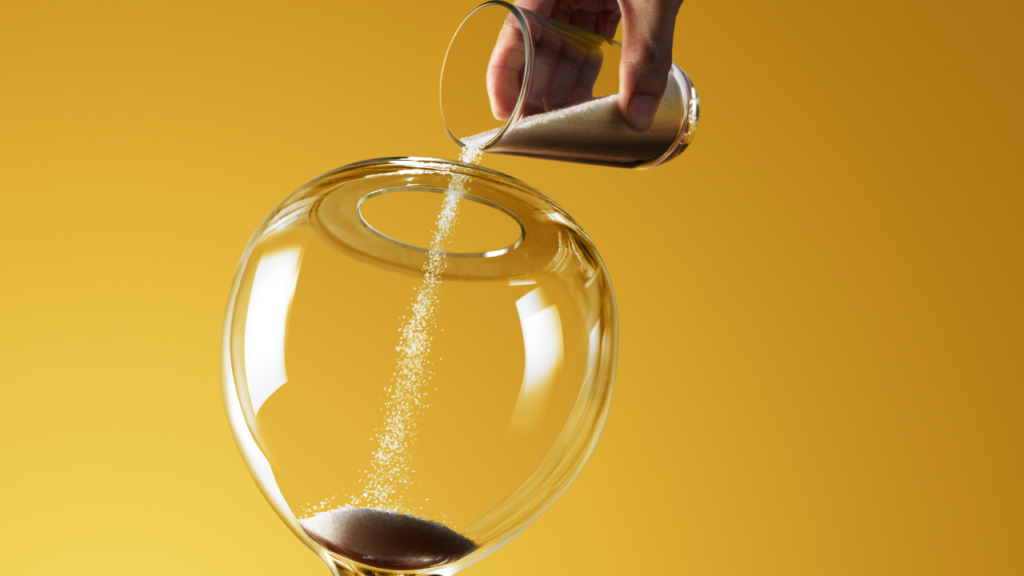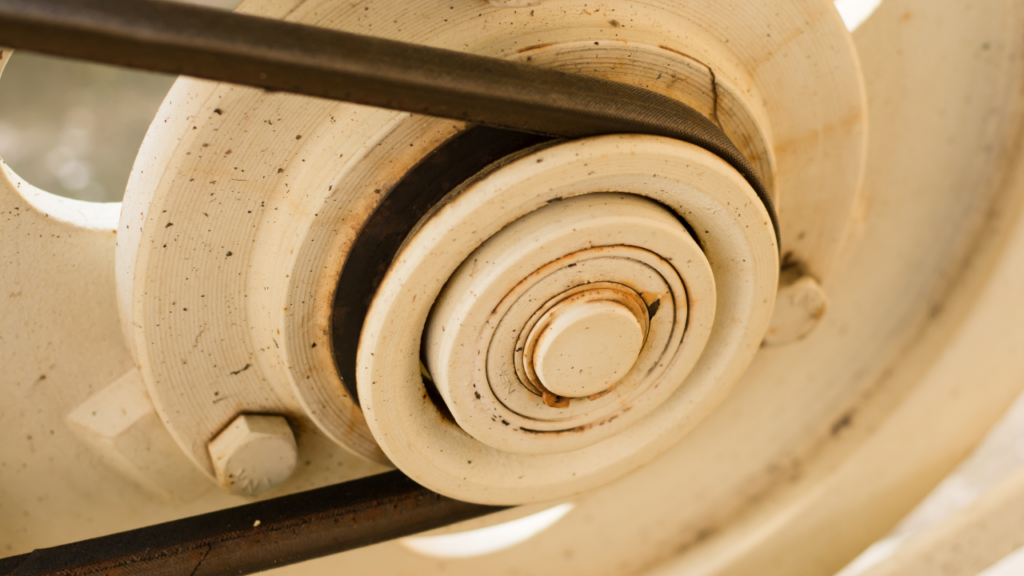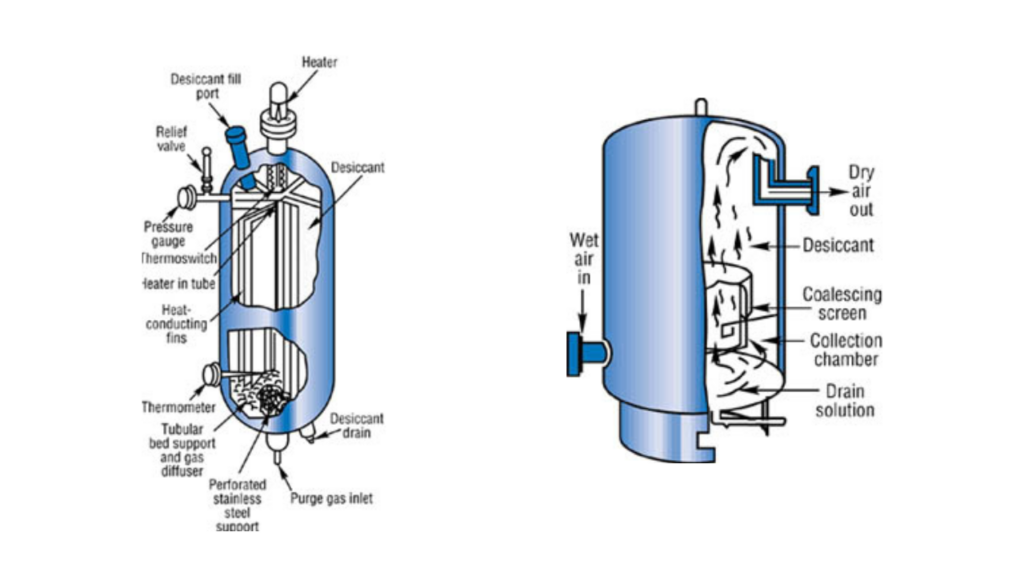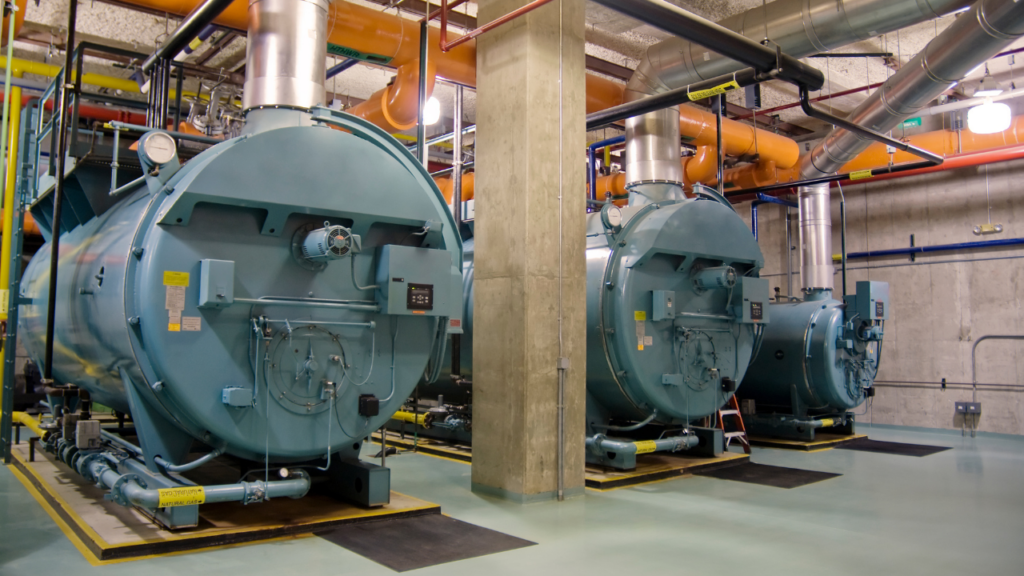
Hydraulic Filters that Do More Harm than Good
Given that particle contamination of hydraulic fluid reduces the service life of hydraulic components, it would seem logical that a system can never have too many hydraulic filters. Well… not exactly. Some hydraulic filters can actually do more harm than good and therefore their inclusion in a hydraulic system is sometimes misguided.



